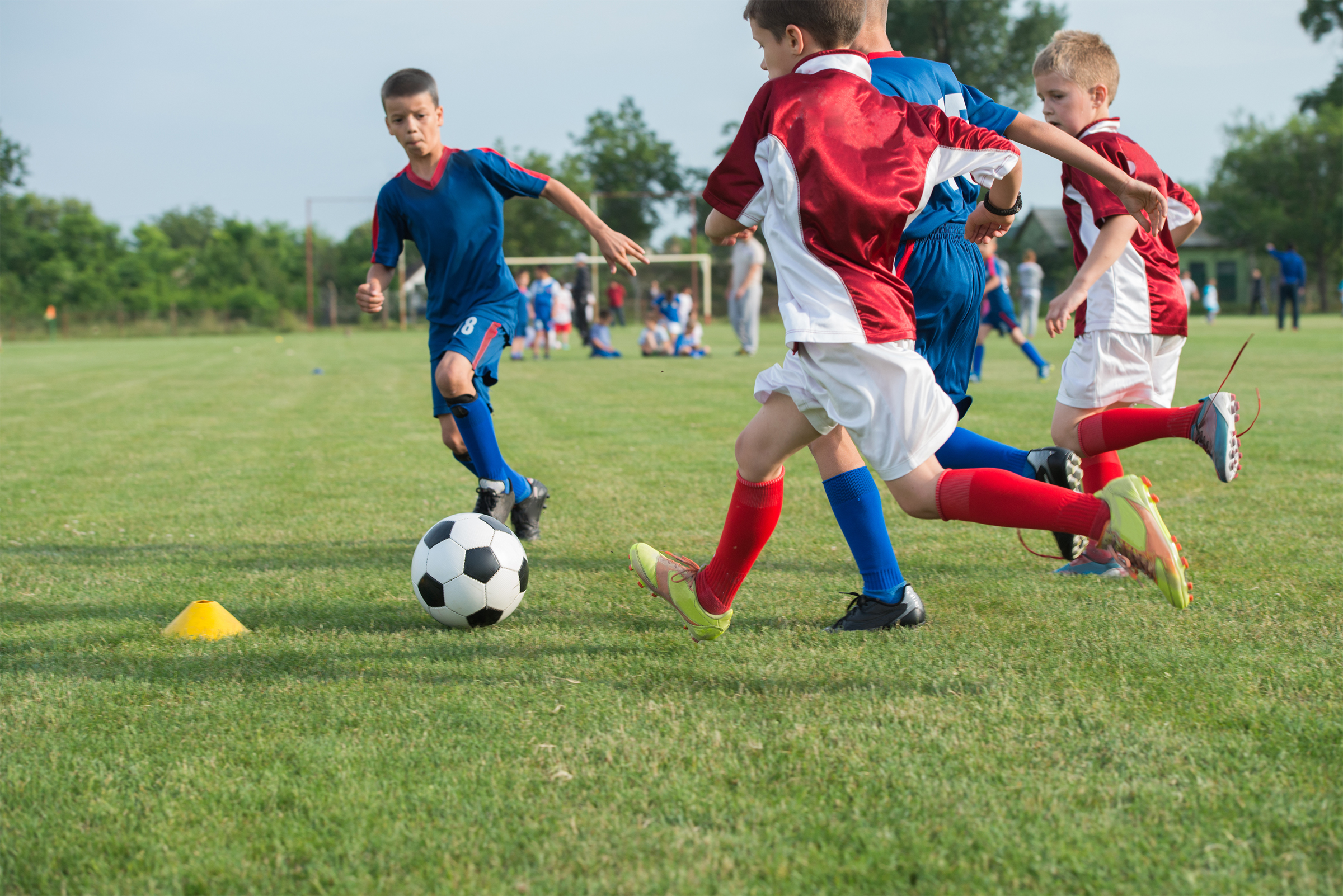September 18, 2017
3 min read
 This article is more than 5 years old. Information may no longer be current.
This article is more than 5 years old. Information may no longer be current.
Girl soccer players 400% more likely to return to play after concussion
CHICAGO — Although concussion guidelines recommend not returning to play the same day an injury is sustained, girl soccer players were 414% more likely to return to the field that same day than were boys, according to a research presented at the AAP 2017 National Conference & Exhibition.
“The girl soccer players were 5 times more likely than boys to return to play on the same day as their concussion,” Shane M. Miller, MD, FAAP, a pediatric sports medicine specialist at the Texas Scottish Rite Hospital for Children, said in a press release. “This is cause for concern, especially with previous studies showing that girls suffer twice as many concussions as boys.”
To understand the differences in the rates at which girls and boys return to play after a concussion, as well as the frequency in which this happens, the researchers conducted a retrospective review that included children who play soccer who sustained a concussion and were treated over 2 years at pediatric sports medicine clinics. Patient demographics, same-day return to play information, soccer position, injury characteristics, symptoms and other measures were assessed by Miller and colleagues.
Of those included in the study (n = 87), 66.7% were girls and 33.3% were boys. The average age of the soccer players was 14.13 years (range = 7-18). Girls were more likely to be back to play after concussions, with 51.7% of girls returning the same day compared with boys (17.2%), making girls 414% more likely to return to play (OR = 5.14; 95% CI, 1.72-15.3).
When all players were included, 40.2% returned to play on the same day, with 97.1% returning to the same practice or game. Of all soccer players who sustained a concussion, one returned to a game later in the day.
“Considering the dangers of returning to play prematurely, parents need to familiarize themselves with organizational guidelines for concussions, which should be aligned with current national recommendations, and should have a heightened awareness of signs and symptoms of concussions,” Aaron Zynda, clinical research coordinator at the Texas Scottish Rite Hospital for Children, said in a press release.
“Current education efforts may not be enough to help athletes, parents and coaches identify concussion symptoms, know the guidelines for immediate removal from play and understand the risks of returning to play after an injury,” Zynda continued. “More research is needed on how to better spread this message intended to protect the health of young athletes and help them comply with state laws.”– by Katherine Bortz
Reference:
Miller SM, et al. Gender differences in same-day return to play following concussion among pediatric soccer players. Presented at: The 2017 American Academy of Pediatrics National Conference & Exhibition; Sept. 16-19; Chicago.
Disclosure: Infectious Diseases in Children could not obtain disclosure information before publication.
Perspective
Back to Top
Anthony P. Kontos, PhD
On the surface, the current findings are striking, with over half of girls’ soccer players in the sample reporting that they continued to play following a diagnosed concussion compared to only 17% for the boys. The fact that any of these players — let alone 40% of the total sample — continued to play on the same day as their concussion is alarming, as this is contraindicated for athletes at all levels. It is therefore surprising that such high numbers of players and, in particular girls, reported continuing to play on the same day as their concussion.
In fact, I wonder if some of the players in the study may have misunderstood the question about playing after their injury, leading to an inflation in reporting. Regardless, this finding highlights the need for education about the consequences of continuing to play following a concussion including potential catastrophic injury (from Second Impact Syndrome) and, as we reported in 2016, doubling the length of recovery and experiencing greater symptoms and impairment. In addition, the study findings highlight the importance of having trained health care professionals (eg, athletic trainers, physicians) on the sideline to identify potentially concussed players for evaluation and to ensure that players do not continue to play following a concussion. Similarly, coaches, parents, and athletes also need to be aware of the consequences of continuing to play and importance of recognizing the signs and symptoms of this injury.
It is important to note that there were some limitations to the study as presented. For example, we do not know much about the sample, including the skill/competition level, who diagnosed the concussion or how long the athletes continued to play. Importantly, the self-reported data regarding return to play may not be accurate in relation to when the concussion occurred or was diagnosed. While the current study findings suggest that girl soccer players may be more likely than boys to continue to play following a concussion, the boys — who were underrepresented (only one-third of the sample) in the current study — may not have been as accurate or honest in reporting.
In addition, the current study needs to be replicated in a large sample with more male players and incorporate additional measures to better determine the consequences of continuing to play. We simply do not know the validity of the self-reporting, diagnoses and consequences for continuing to play from the current study or if the current sample is representative of soccer players in general. The current findings highlight the importance of early identification of concussion, and the need for better medical coverage during soccer games and practice- especially at youth, non-scholastic levels.
Anthony P. Kontos, PhD
Research director, UPMC Sports Medicine Concussion Program
Associate professor, Department of orthopaedic surgery
University of Pittsburgh
Disclosures: Kontos reported no relevant financial disclosures.



